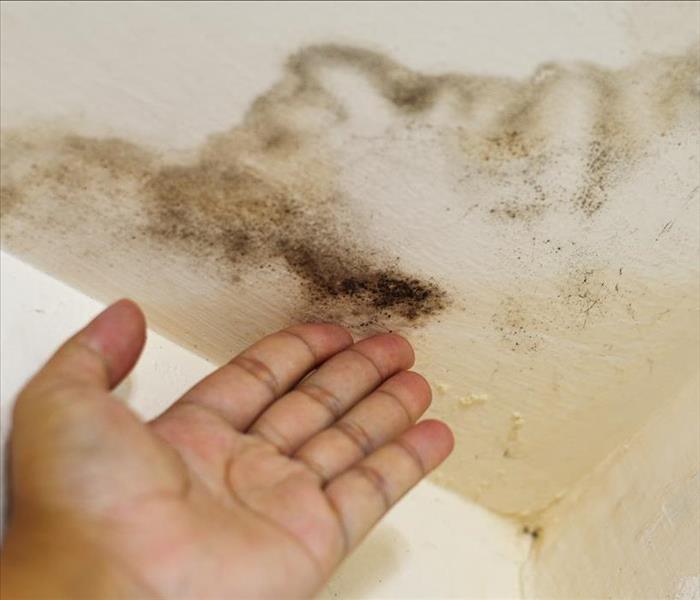Protect Your Commercial Property From Mold Damage
7/15/2021 (Permalink)
Protect Your Property From Further Damage
Mold is known as the king of fungus because it can grow almost anywhere on earth. With over 100,000 different types of mold worldwide, it can thrive on organic surfaces of all types. The fungus is a frenzied eating machine created by nature to break down and recycle anything that was once alive. Yet surprisingly, mold sends out beautiful spores in dozens of colors including yellow, green, and black mold varieties. There is only one thing other than food that mold needs to complete a lifecycle, and that is water.
Playing Hide and Seek
If your commercial property in Stockertown, PA, has a moisture problem, you probably have mold. To eliminate the cause of the mold and stop the spread of spores, you need to stop the water source feeding the mold colonies. If your building experienced a flood of some type recently, invisible water damage could still be lurking. Water can easily seep under
- Cabinets
- Flooring
- Wallboards
The hidden water can easily provide spreading fungus with ample liquid for colony development. Additionally, wet insulation can feed mold colonies for months after a pipe leak occurs. In fact, weeks or months after the flooding, red, green or black mold can begin to make an appearance in areas you thought were dry.
Killing Water and Mold
To kill the mold, you need to remove the source of the water. Most water removal and mold remediation groups are trained in how to locate and identify hidden molds. Once the fungus is found, the cause of the water can be identified, and mold cleanup can begin. If floorings, cabinets, or lumber sections have been badly destroyed by the fungus colony, the building supplies may have to be replaced because the actual structure of an object can be ruined by mold.
Protecting Building and Property
Rather than attempting to remove yellow, purple, or black mold on your own, call in a team of specialists and have them identify the source of the water. Not only can you protect your property from further mold damage, but you may also be protecting the structure of your building.





 24/7 Emergency Service
24/7 Emergency Service
